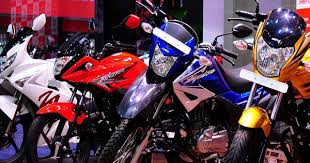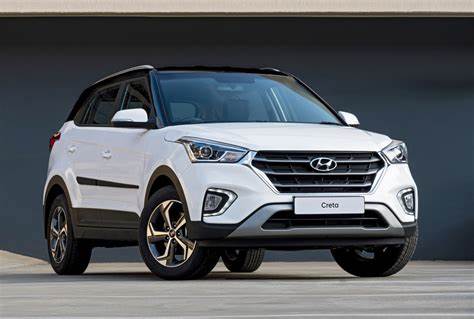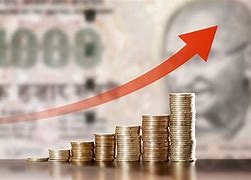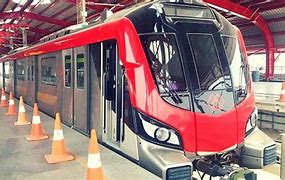Automobile
Finance Minister hints at GST cut on two-wheeler.

- Two-wheeler currently attract 28 per cent GST.
- Last year, the country’s largest two-wheeler maker Hero Moto Corp had urged the government to consider a phase-wise reduction in GST on the segment.
Finance Minister Nirmala Sitharaman on Tuesday said the Goods and Services Tax (GST) Council would look into the auto industry’s demand for lowering the tax rate on two-wheeler, which are now taxed at the highest slab rate of 28 per cent. The assurance came during an interaction she had with members of the Confederation of Indian Industry (CII).
“Since two-wheeler are neither a luxury nor a sin product, they merit a rate revision. Consequently, this will be taken up with the GST Council,” the CII quoted Sitharaman as saying.
The passenger vehicles industry has been requesting the government to consider a phase-wise reduction in GST on automobiles, cutting rates on two-wheeler in the first stage, and deferring the tax cut on four-wheeler to a later stage. This, the industry said, would help the government contain potential revenue loss, and at the same time provide relief to around 20 million potential two-wheeler buyers across the country.
Sitharaman said the government was open to further tweaking the Rs 3-trillion credit guarantee scheme for providing collateral-free loans to small businesses.
The scheme is open for professionals now, she added. Earlier this month, the government had widened the scope of the scheme by doubling the upper ceiling of loans outstanding to Rs 50 crore and including certain individual loans given to professionals like doctors, lawyers, and chartered accountants for business purposes under its ambit, apart from MSMEs.
Till August 20, banks disbursed more than Rs 1-trillion loans under the Rs 3-trillion Emergency Credit Line Guarantee Scheme (ECLGS), which was announced as part of the Aatmanirbhar Bharat package.
Sitharaman said the government would consider easing the standard operating procedures for ailing sectors such as tourism, hotels and hospitality, real estate and construction, and airlines. “Some sectors such as tourism, real estate, hospitality, airlines have been affected disproportionately.
Domestic revenue generation is a concern,” Sitharaman said, adding the government was working with the Reserve Bank of India to ensure adequate support to banks.
In the meeting, Sitharaman said structural reform was a key priority for the government and it would move fast on the Cabinet-cleared disinvestment proposals, including that of banks. The minister further said every announcement had a structural reform component with it, and the government was reaching out to industry to understand their concerns. “Structural reforms (are) key priority for the government, reflected in government announcements to address Covid-19 challenges,” Sitharaman said.
On the private investment cycle, she said that in September 2019, the government had reduced the corporate tax rate but investments could not happen due to Covid-19.
Automobile
Improved version of Hyundai Creta launched in Indian market: Check it out here

Hyundai India launched the much-awaited Creta Knight Edition in the country at a starting price of Rs 13.51 lakh (ex-showroom, all-India). This new variant is available in both petrol and diesel engine options and can be had either with a manual or an automatic transmission unit. To read more about the Creta Knight Edition, click here. In addition to this, the company has also introduced a model-year update for the Hyundai Creta with new feature additions.
The 2022 Hyundai Creta is now available in a new Denim Blue colour option and the Highline TPMS is now standard across all variants. The SX (O) trim now also gets a glossy black centre console. Furthermore, the company will offer the iMT option on the 1.5-litre petrol ‘S’ variant to further expand choices for the customers. The new S+ variant powered by a 1.4-litre T-GDi petrol engine with 7DCT now gets an additional set of features, such as –
– Smart panoramic sunroof
– 16-inch black alloy wheels
– Smartphone wireless charger
– Rear Disc Brakes
– Electronic Stability Control (ESC)
– Vehicle Stability Management (VSM)
– Hill start assist control (HAC)
– Paddle shifters
– Metal pedals
– Electric and auto-folding ORVMs
– Power window auto up/down
Mechanically, the SUV continues to be powered by the existing petrol and diesel engine options.























